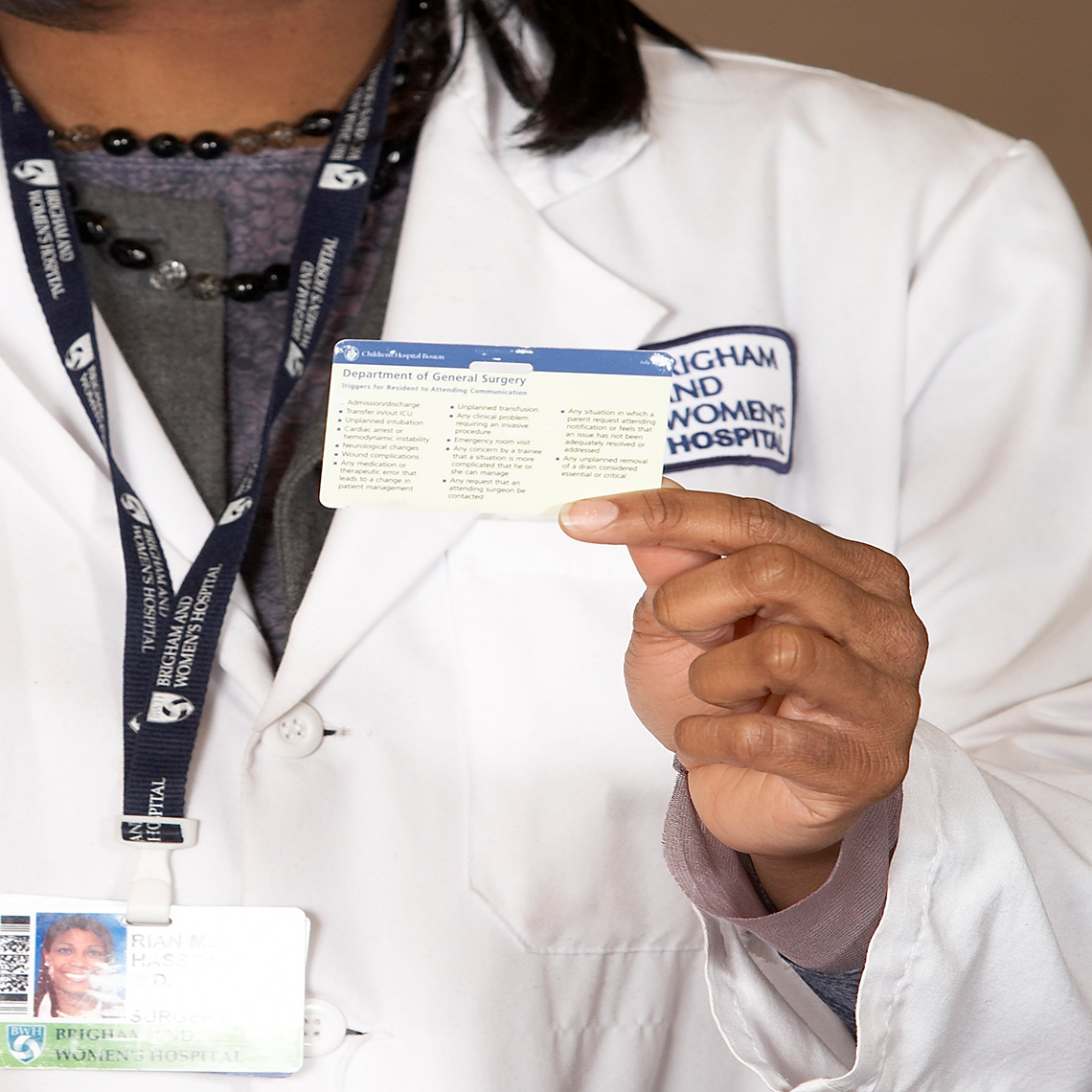Blog Post
Does Bias Contribute to Diagnostic Failure?

Diagnostic errors are a contributing factor in up to 17% of adverse events in the hospital setting and are cited in approximately 10% of patient deaths. These cases represent the most common type of medical malpractice claim, with the highest proportion of total payments. According to the National Academy of Medicine (2015), one of the leading factors in diagnostic error is the cognitive/decision-making process. If bias plays a role in these decisions, it may have a negative impact on patient outcomes. However, by recognizing the types of bias that may be involved in these decisions and developing tools to help mitigate those biases, there is an opportunity to improve quality of care and outcomes for patients. There are many types of bias, both in how we think (cognitive/clinical) and how we feel (personal/emotional). Any number of these biases may impact the diagnostic process. So, how can bias be identified and mitigated in the diagnostic process? An examination of detailed medical malpractice data can point to cases in which bias may have played a role.
The contributing factors cited in malpractice cases that involve claims of diagnostic errors provide clues that can be used by providers, patient safety managers, and healthcare leaders to highlight situations that are prone to bias and develop tools and techniques to mitigate those biases. To further understand how bias may impact outcomes, a predictive analysis was conducted. First, the 32,188 malpractice cases closed from 2017–2021 were examined. When the search was refined to include only cases in which a diagnosis-related allegation was made, 6,531 (20.3%) remained. Cases were examined to identify pairings of contributing factors that may indicate the presence of cognitive bias. For example, cases that involved excessively narrow diagnostic focus due to assuming a previous diagnosis and relying on a prior providers’ diagnostic conclusions were considered to possibly involve the cognitive bias called premature closure.
Cases involving contributing factors that may indicate bias were 69% more likely to close with payment. The injuries in these cases were also nearly 10% more likely to be classified as severe. It is important to note that these contributing factors are not direct evidence of bias. Rather, the intent was to highlight cases with contributing factors that could be at least partially attributable to bias.
Download the Full Report
Related Blog Posts
Investing in Patient Safety


Mind the Gaps: Learning How to Avoid Miscommunication Pitfalls
January Safety Salute | MedStar Health Creating a Just Culture

